There seems to be some dispute about the correct way of spelling the name of a famous city and valley located in the southern Peru district of Ica, as is evidenced by the signs in these photos from Michael's mission album. But without question, Nazca is one of the world's most arid regions in the world, and one of the most intriguing places and cultures in history.
The 7 1/2 hour Cruz del Sur bus ride from Lima to Nazca (no flights are available), was quite comfortable, with a small lunch service and plenty of desert scenery. Occasionally, we were near the coast and could see the southeast Pacific Ocean. The vast desert vistas made the few green farming valleys all the more beautiful. The housing, buildings, and transportation were reminiscent of what we had seen in India.
We arrived in the town of Nazca around 3:00 p.m. and checked into the Nazca Lines hotel. It was a sharp contrast to what we saw upon entering the city. At night, the hotel puts on a little planetarium show which links astrology to the ancient Nazca civilization. Following the presentation we were able to view the moon through a powerful telescope. From the rooftop of our hotel, we could catch a view of the Cerro Blanco - the largest sand dune in the world, reaching 6791 feet above sea level! Notice the thatched-roof homes and typical street scenes.
After settling into our room, we walked to a small museum (Museo Didáctico Antonini) where we were introduced to some artifacts of the region. I was intrigued by the skull ornaments and love the creativity in making hair combs from bamboo and thorns as well as a small clay "doll house". I was surprised by the intricate weaving designs in the textile that survived over such a long period of time.
Walking back to our hotel, we enjoyed wandering through the local market. The unique karaoke building caught my eye.
Wednesday evening, we had made arrangements to take Elder and Sister Fowler to dinner. The Fowlers were a tremendous blessing to Michael as he served in Nazca. They were instrumental in helping him seek medical attention when his knee became infected and resulted in his emergency transfer back to Lima toward the end of his mission. I am grateful to Sister Fowler for sending me occasional emails about Michael and helping plan our trip to Peru! A common site in Peru was the huge kernels of corn which were sometimes roasted and served as an appetizer or were part of a prepared dish. Michael had his first taste of Ceviche - it wasn't allowed on the mission due to improper handling and storage of the fish in many places - and I'm not sure he is much of a fan.
The Nazca people lived from 100 BC to around 800 AD and are known for creating interesting line drawings in the desert (geoglyphs) which are discernible from above ground level. Most of the hundreds of drawings are figures of animals and some are as large as a football field. They were made by removing the top layer of red rocks and exposing the white lime soil beneath. We were told that the reason the wind has not erased the lines over the centuries, is because of the magnetic charge of the soil which repels the drifting sands. There are many theories about the origin and meaning of the Nazca Lines, and most agree that they are probably related to religious cosmetology. On Thursday, June 5, 2014, we visited a place where we could see some of the lines up close, and then we took a flight over the valley to capture a glimpse of the amazing geoglyphs. The airport was very small and the wait (even with tickets in hand) was quite frustrating, as they had to fill each plane with the appropriate number of passengers and particular weight requirements. The small prop plane was quite shaky and as it tilted from side to side so that we could take photos of the figures, we were glad to have taken some Dramamine and a light breakfast. It was hard to discern some of the drawings, but when we did, they were absolutely amazing! Two of the smaller lines - the tree and the hands - can be seen from a tower near the road into Nazca.
 |
| Whale |
 |
| Astronaut |
 |
| Monkey |
 |
| Dog |
 |
| Hummingbird |
 |
| Spider |
 |
| Condor |
 |
| Alcatraz |
 |
| Parrot |
 |
| Flower |
 |
| Tree and Hands |
 |
| Spiral as used in the typical "P" of "Peru" logo |
Michael knew of a member tour guide who took us to several interesting places around Nazca. Just 15 minutes out of town we arrived at the Cantalloc Aqueducts. Nearly 2000 years ago, the people of Nazca built an elaborate system of tunnels and aquifers to collect and distribute water as it flowed from the Andes mountains. Currently, 29 of these wells (of perhaps as many as 50 in three valleys) function to supply Nazca with most of their water. They are quite a feat of engineering, and really very stunning! Adjacent to the aqueducts, the fields of potatoes and colorful bougainvillea spilling over stone walls, created an unanticipated beautiful portrait of Nazca. There was also a harvest of cactus' nearby. Surprisingly, these are grown to attract a certain parasite which, when squished, results in a deep red color that is used as a fabric dye and in cosmetics.


We proceeded to the site of the Nazca Ruins, which are a recent archaeological find that is currently being excavated and rebuilt. It is believed to be an important administrative and ceremonial place for the Incas during the last years of their empire from 1470-1550.
Because of Peru's long history of gold mining and production, we stopped at a place that still refines gold in a traditional manual process. Michael and I each purchased a wide gold ring made of the gold, which replicates many of the Nazca Line figures. It makes for a great conversation piece!




During our two-day visit to Nazca, we made visits to several LDS members and found them to be the most welcoming, loving, and humble people I have ever met. They would have given us anything we were interested in having from their places of business or bare cupboards at home. Their commitment to the gospel is firm despite tremendous financial challenges. It is unbelievable to me that several of these families, including the stake and branch president, are living in tiny thatch structures constructed on barren rocky land which the government made available so that the local citizens could claim a tiny plot of land for themselves. Their homes have no water or plumbing, no electricity and are nothing more than a little shade from the blazing sun. As these families secure more income, they will gradually build a more permanent structure to live in. They are amazing pioneers!
There are many people that claim Peru was once home to the Nephite and Lamanite nations as recorded in
The Book of Mormon. Near Nazca, there is an archaeological complex called Cahuachi where great pyramids, temples and ceremonial sites are being unearthed. Whether or not this is the famed city of Zarahemla, as President Douglas and others believe, Peru will always be a land of discovery and home to a diverse, humble and faithful people. May God's blessings be upon them as they choose to learn more about Him and obey His will.






















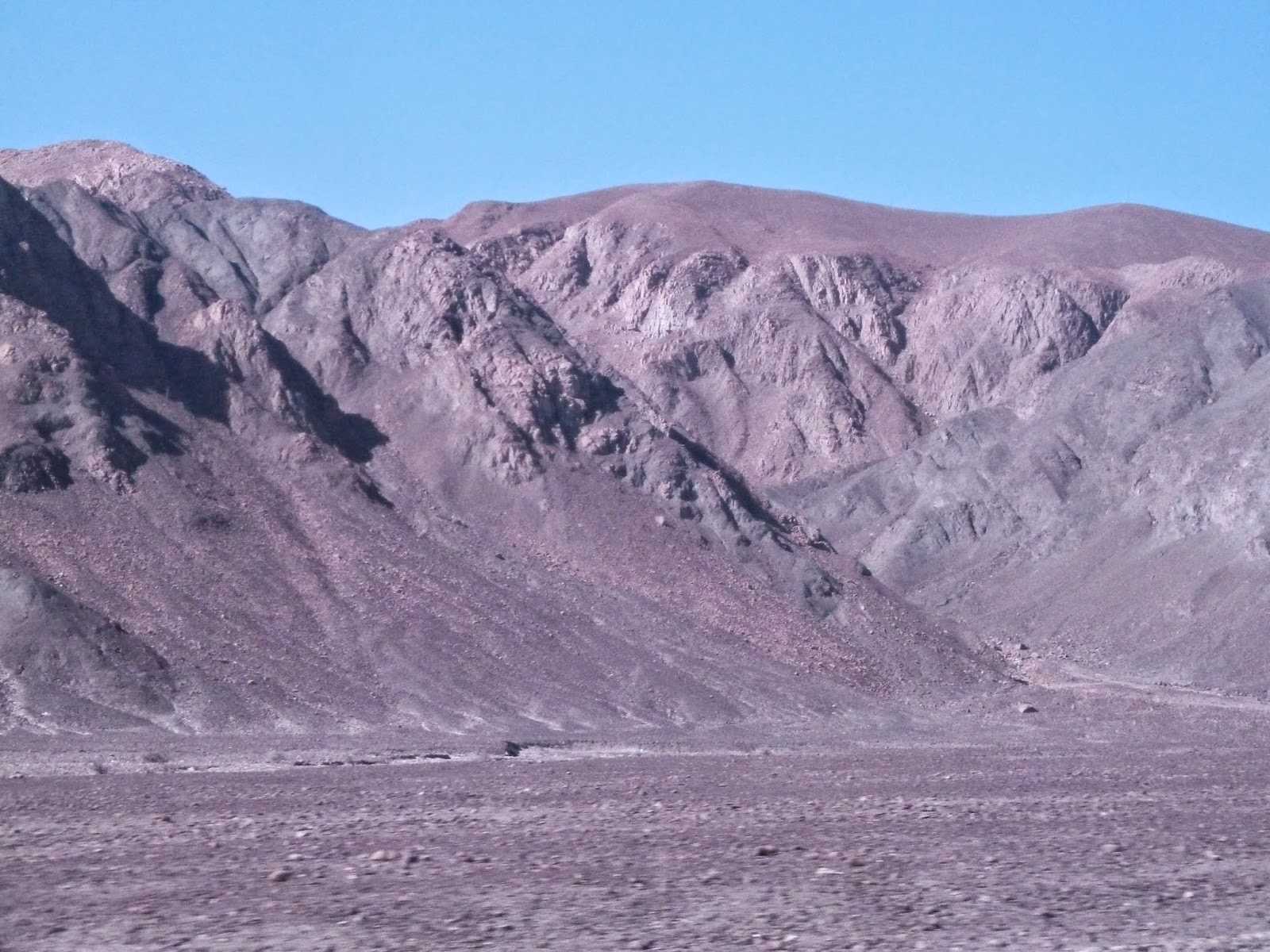

















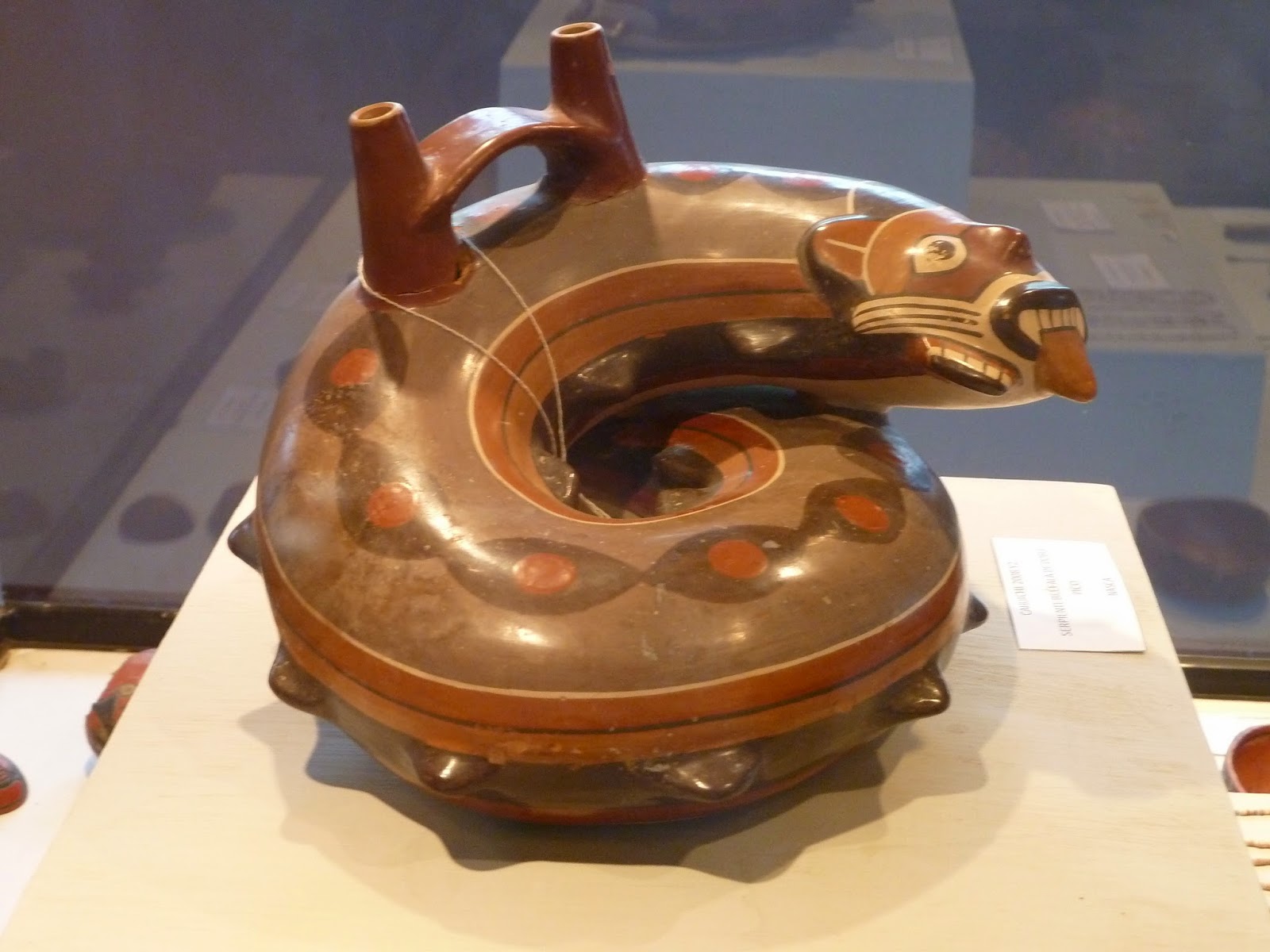



















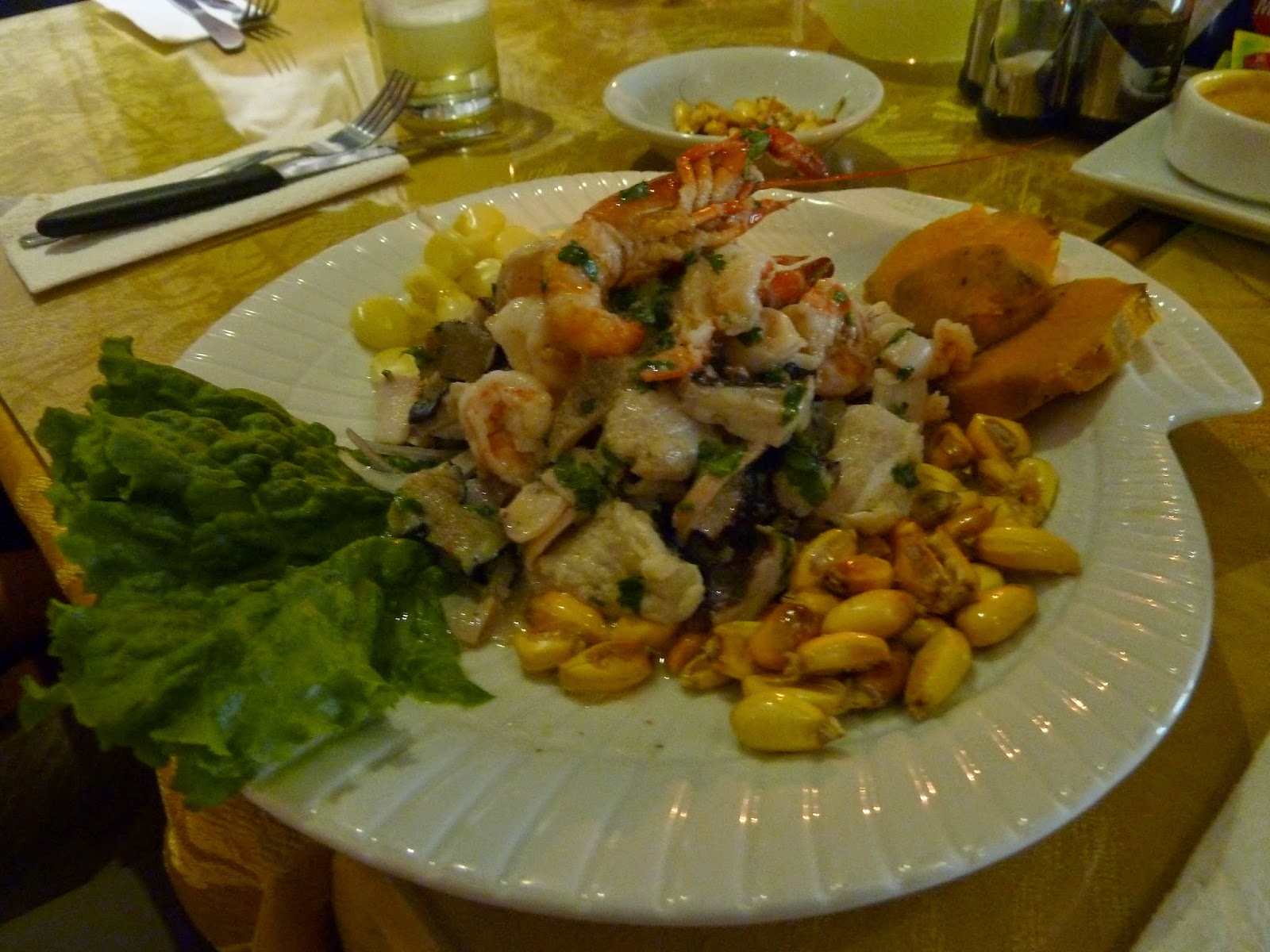























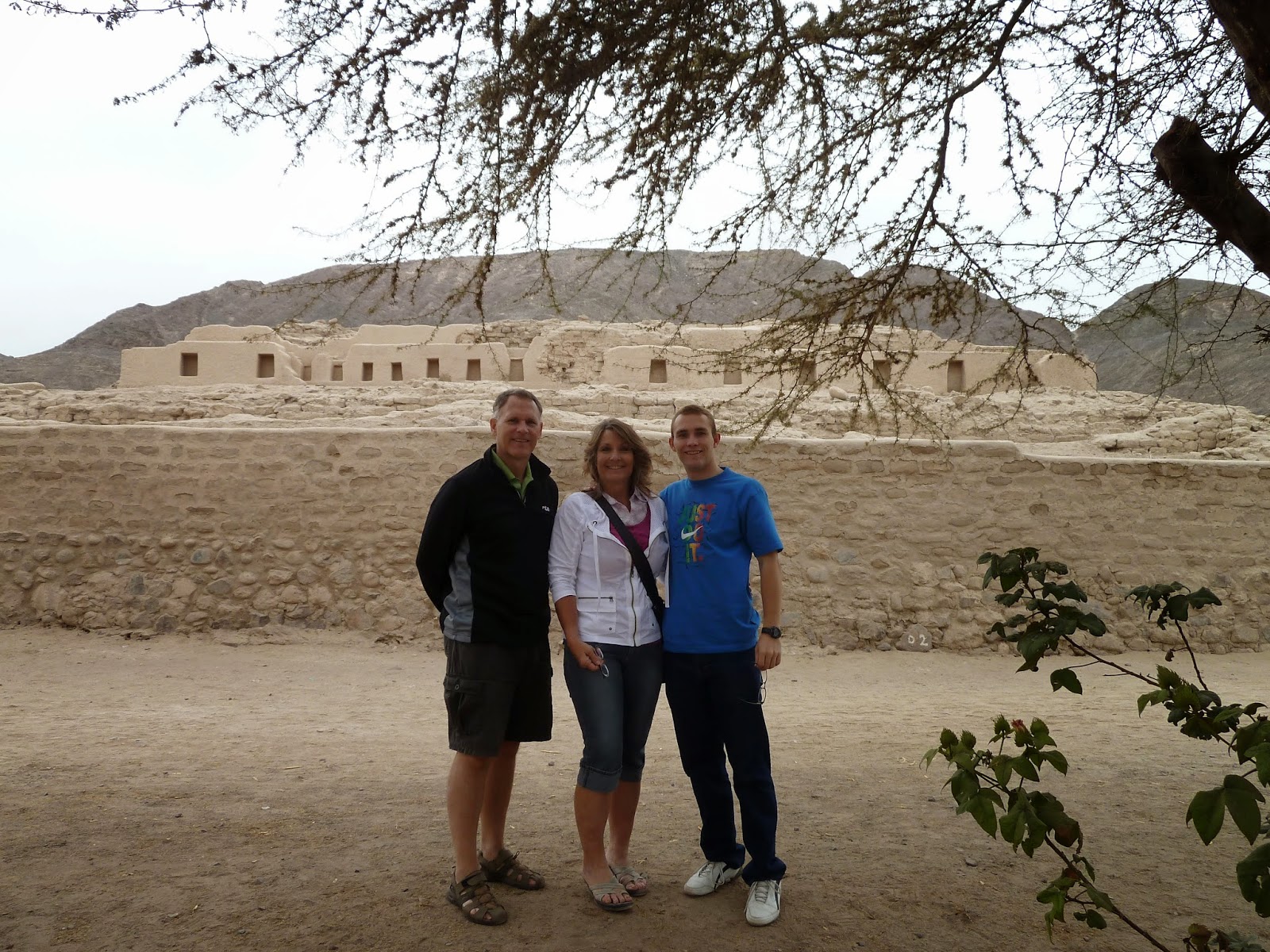










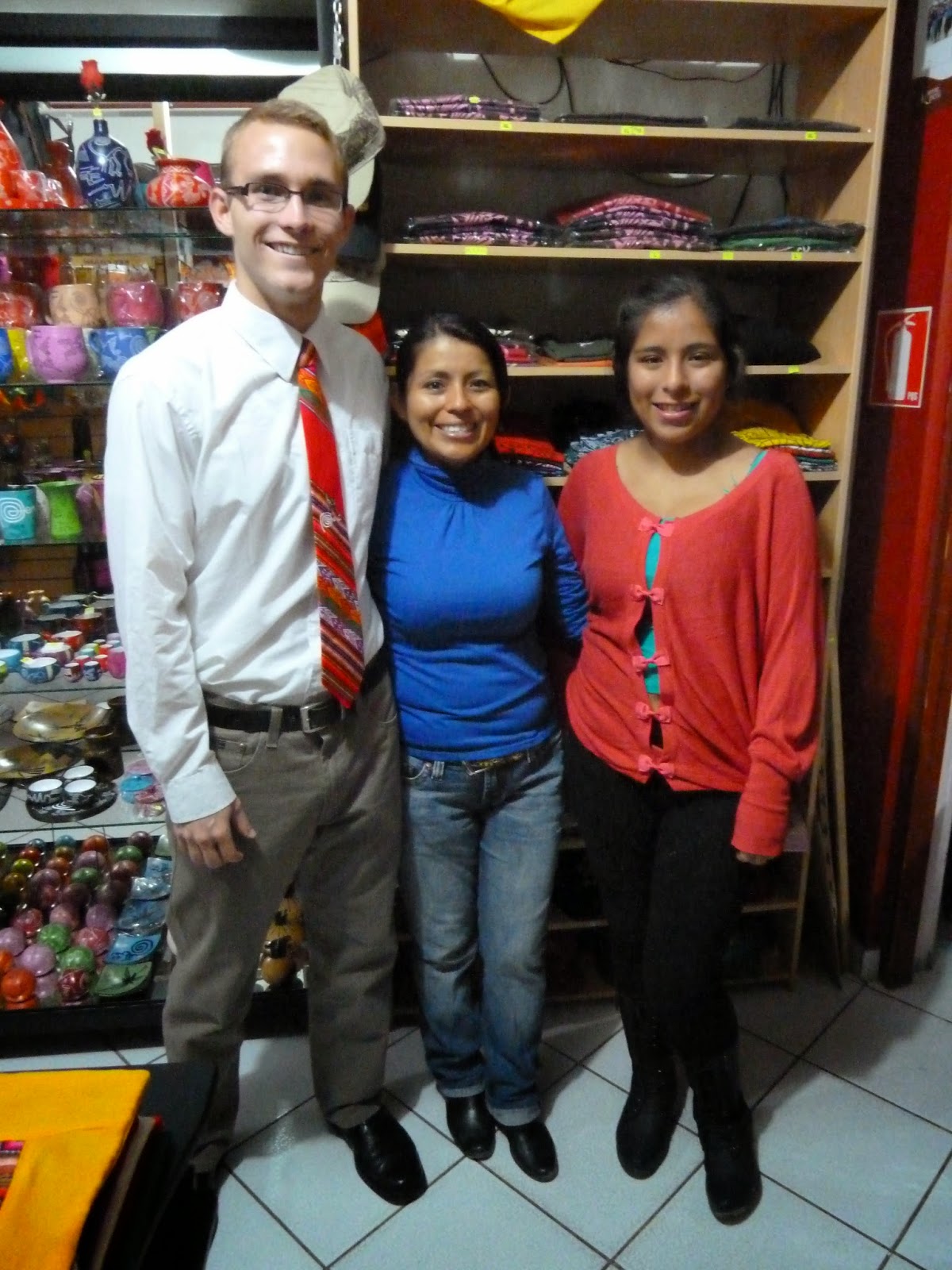










No comments:
Post a Comment